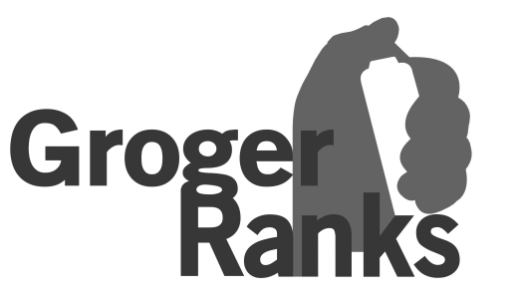The following article was a contribution by Groger Ranks member Steven Liu
As you may have noticed, Groger Ranks is now using the so-called Modified Liu Adjustments for PPBs. While the conversion from adjusted stats to Groger Score and power adjustments are calculated as they were before, the bonus adjustments use this new methodology.
So why did we change the methodology in the first place? The two main reasons are to make the adjustments more accurate by making them less dependent on performance on a single set, and to allow for adjustments on sets which have not been played by any teams who also played IS-177. The second point should be fairly self-explanatory, but the first point warrants explanation.
As an example of why the old calculation is flawed, consider the following (extremely exaggerated) scenario. Suppose in a given season, teams have played sets X, Y, and Z, with X as the baseline. A hundred teams have played both X and Y, and the adjustment is basically zero between the two. In addition, one team has played both X and Z, indicating Z has a +3 PPB adjustment. With our previous methodology, we’d assign Y an adjustment of 0 and Z and adjustment of +3. However, suppose that, were we to calculate the adjustment between Y and Z, we would have another hundred teams giving an adjustment of zero. This gives a pretty strong indication that Z is in reality the same difficulty as Y and therefore X, rather than Z being quite a bit harder than X as the +3 PPB adjustment would imply. Maybe that single team just had a pretty lousy day when they played Z, but either way, the old adjustments can give a misleading view of set difficulty.
Now, there’s never going to be a situation as extreme as this in practice. That being said, this kind of inconsistency is unavoidable because of the limited sample of teams we have to adjust off of, just on a smaller scale. What we can do is try to find the set of adjustments that comes the closest to matching how every set compares to every other set.
Like before, we can arbitrarily define IS-177 to have an adjustment of zero. We can assign a variable to each of the other sets, all of which in principle could be any real number. The “predicted adjustment” between any two sets can be calculated by subtracting their respective adjustment variables. For instance, if RMBAT has an adjustment of +1 and EFT has an adjustment of +7, we would expect the teams that played both sets to do, on average, 6 PPB better on RMBAT than on EFT. The “actual adjustment” between two sets can be calculated in an essentially identical way to how adjustments from IS-177 are calculated now. Then, we can compare the predicted and actual adjustments.
In general, there is no way to get every predicted and actual adjustment to agree, since with n sets, we would have to find n-1 variables satisfying a system of n choose 2 equations, which is almost always impossible to do. However, we can get a close approximation, similarly to how least-squares linear regression finds the closest fit to a set of points. Specifically, each difference between the predicted and actual adjustments is squared, and all of them are added up, weighted by how many teams are considered in the actual adjustment calculation. For instance, an error of 0.5 PPB with 100 teams being compared would give a term of 25 in the overall sum. From this we get a large n-1 variable expression to minimize, which can be done with a bit of calculus (i.e. setting the gradient to zero and solving). The adjustments that come out should be the best reflection of all the data we have.
Again, we are only doing this error-minimization method for bonuses. Special thanks to Geoffrey Chen for pointing out the issues with applying this methodology to powers.
Steven Liu is currently a senior at High Technology High School in Lincroft, New Jersey
